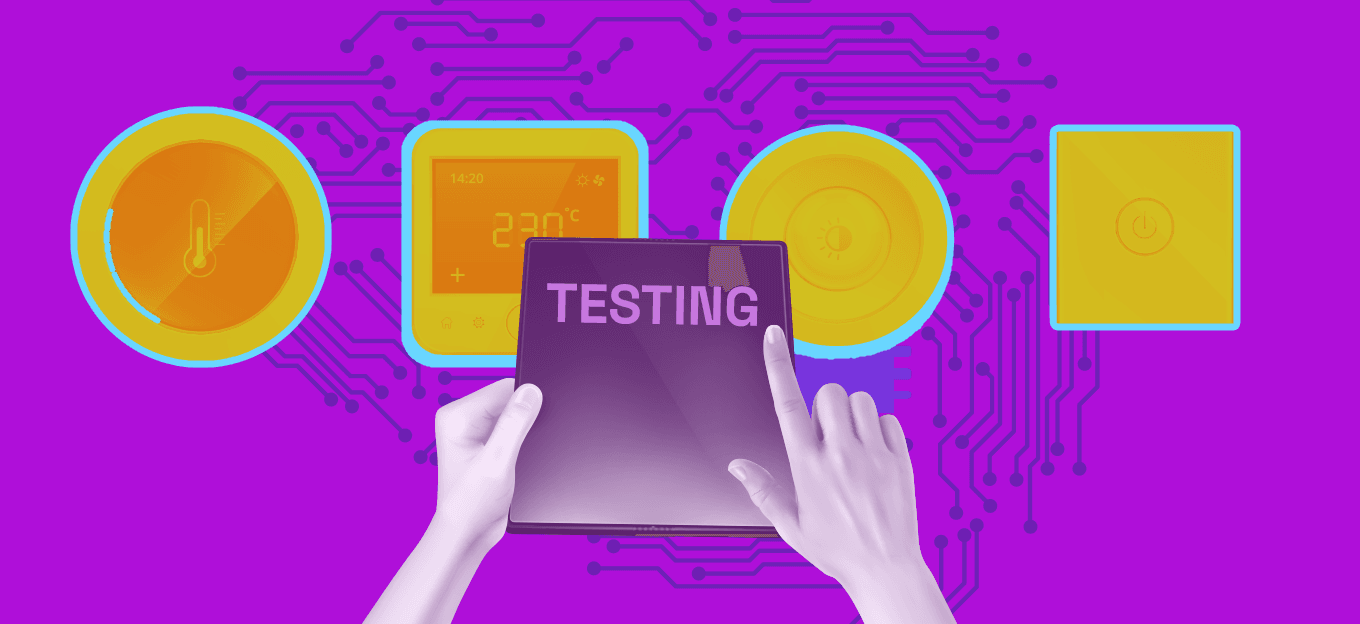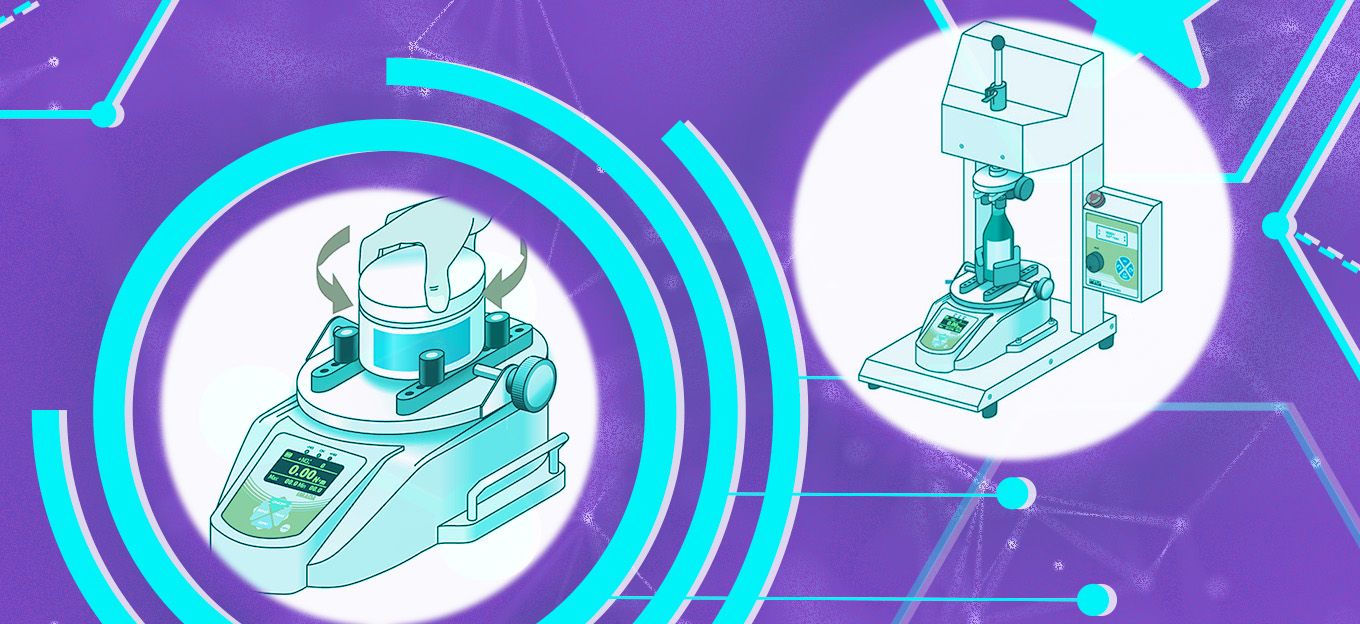It's Time for Next-Generation IoT Testing Tools
It's Time for Next-Generation IoT Testing Tools
- Last Updated: December 2, 2024
HiveMQ
- Last Updated: December 2, 2024



Over the past decade, Internet of Things (IoT) technology has fundamentally changed the ways many industries execute critical business processes. From advanced telemetry to building more interconnected machinery and smart business-critical processes, IoT has had a positive influence on operations. However, even with the widespread adoption of IoT-enabled devices, the IoT industry needs to take a very serious look at the growing challenge of IoT testing and consider what's required to build next-generation IoT testing procedures for advanced IoT systems.
Effective testing can mean the difference between resilient, effective operations and ineffective disjointed operations. Next-Generation IoT testing may be the answer.
As organizations continue to incorporate IoT systems into critical systems that support business operations, it becomes more and more imperative to ensure these IoT devices are tested properly. Proper testing of IoT-enabled devices can reduce the number of errors that play a role in critical business processes, limit unforeseen downtime and delays in dynamic IoT device-dependent processes, and even decrease the cost of ownership by avoiding expensive on-the-fly fixes.
Effective Next-generation IoT Testing is Key
Effective testing of IoT devices is what the current state of the IoT industry, so critically needs to consider. The reason for this is due to the fact that the design architecture of IoT systems are very different from web applications or server-oriented applications. As a result, existing testing tools designed for web applications and reformatted to test IoT devices often fall short when applied to IoT systems. When discussing testing it's important to keep in mind the sheer size and scale of commercial-grade IoT systems. Often, these large systems are massively distributed applications, accounting for millions of interconnected devices designed to communicate with sophisticated enterprise services that each independently executes a specific application behavior. For example, a connected car Applications involves millions of connected cars, simultaneously executing different behavior, while publishing and subscribing to data from a variety of connected car services running in the cloud.
Building a testing environment for an IoT system is often very different from a production environment. For example, testing 1000 simultaneous connections is very different from a production environment of 100,000 connections. Similarly, if devices are deployed around the world in production, how is it possible to set up a test environment to test globally. Finally, production data generated from IoT devices can have a high degree of variability, so how can this data be replicated in the test environment.
Next-generation IoT Testing Needs a New Approach
A new category of testing tools needs to be defined to support the testing of IoT systems. The key features of IoT testing tools need to include the following:
- The testing process would require the ability to create millions of unique network connections from anywhere in the world. This new testing approach would require sizeable resources such as the ability to build distributed testing on public cloud platforms such as Alibaba cloud deployment in China, an AWS data center in the USA, or an Azure data center.
- The testing process requires a high throughput of messaging from a small or large number of clients. Many manufacturing Applications can have tens of thousands of messages per second sent through the system. Future autonomous driving examples may see hundreds of thousands of messages per second.
- The testing approach would require that each device's behavior can be modeled and executed by a simulation environment so all functionality of the system is tested.
- Lastly, this testing process would allow for custom data generators to be created to generate variable production data.
Next Steps
As organizations continue to embed IoT devices into their critical business processes, it's crucially important to consider implementing effective IoT testing processes that are designed to catch critical errors while supporting the throughput and scale demanded of today's IoT-enabled environments.
The Most Comprehensive IoT Newsletter for Enterprises
Showcasing the highest-quality content, resources, news, and insights from the world of the Internet of Things. Subscribe to remain informed and up-to-date.
New Podcast Episode

Moving Past the Pilot Phase in IoT and AI
Related Articles


